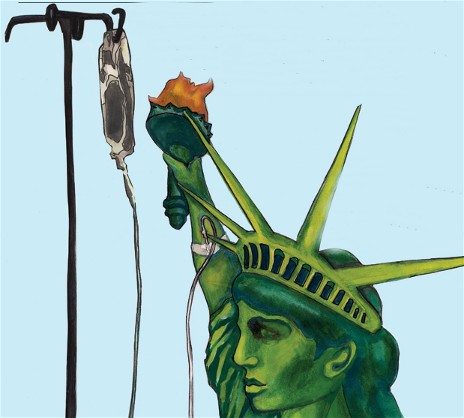
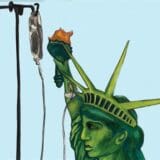
By Richard Kirsch
(In the following excerpt from his new book, Fighting for Our Health, Roosevelt Institute Senior Fellow Richard Kirsch notes that many small business owners support health care reform even if the organizations that claim to speak for them don’t. Used by permission.)
Small business is iconic in America. For years, big business has cleverly used small businesses to be messengers for campaigns financed by corporate America. And anti-government, free-market orthodoxy has dictated the policies of the leading small business associations, including the National Federation of Independent Businesses (NFIB). A powerful example of NFIB clout was the key role that the association played in defeating the Clinton health care plan. If we needed any reminder of that, President Obama asked the heads of just two lobbying groups, the NFIB and the health insurance industry, to speak at the White House health summit held shortly after his inauguration.
» Read more about: Success Costs Small Business Owner His Health Insurance »


Matthew Fleischer, over at Fish Bowl L.A., notes approvingly that APM radio’s Marketplace program will begin broadcasting stories about people who are not billionaires — but who, instead, are struggling in the trough of America’s current economic mood swing. Says Fleischer:
Well, here’s a welcome surprise. The national media is starting to realize that the oligarchical distribution of wealth to the top one percent of Americans isn’t a manufactured Occupy Wall Street narrative. American Public Media’s Marketplace announced today that it’s launching a new “Wealth and Poverty Desk” focused on “the growing concentration of wealth in the U.S.”
We’ve all wondered what a section of the news devoted to labor and to those not working would look — this could be a good start. This week Marketplace began its new project by profiling the “working poor”
» Read more about: WebHot: Marketplace's “Wealth and Poverty Desk” »
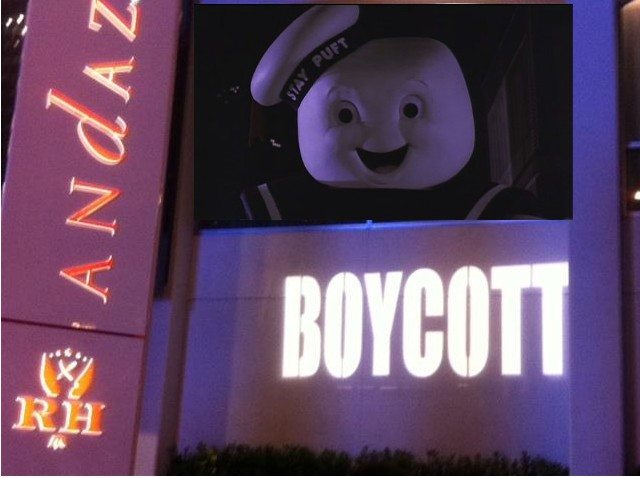

On a recent Wednesday I was walking to my job at the RH restaurant inside the Hyatt Andaz Hotel on the Sunset Strip. Per my daily routine, I stepped into Starbucks to get my double-shot caramel macchiato. Near the window I sat near a blonde woman who was chatting it up with a dark-haired man in a suit. Weird, I thought to myself. That looks like Callista Gingrich, the third wife of Newt Gingrich and potential First Lady of the United States.
If it wasn’t her, this woman could’ve have easily passed for her body double. Were she an actress with any talent she could secure the spousal role if Hollywood decided to do a bio of Newt’s campaign, which I imagine would merely be the retelling of Don Quixote. Hollywood, are you listening? The Quixotic Adventure of Newt Gingrich has a nice ring to it.
» Read more about: Did Newt Gingrich Ignore a Hyatt Boycott? »
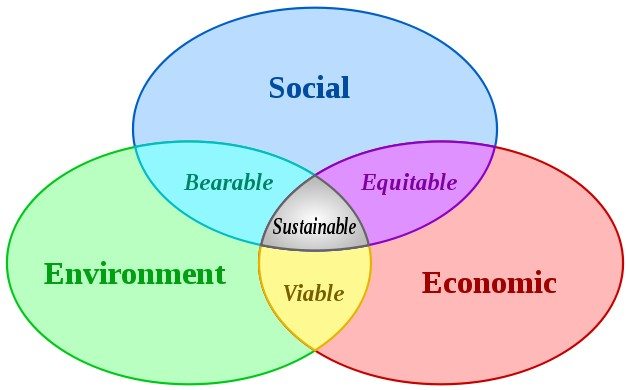
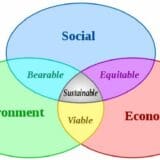
By Ashley McCormack
One of the major focuses of this presidential election year is the economy and the ways we can create jobs. President Obama’s State of the Union address and the Republican debates make it clear that everyone has an opinion about how to put Americans back to work. It’s equally evident that a good jobs plan must build a sustainable American economy – from an environmental standpoint as well as one that will benefit the next generation, and employ people in the kind of jobs that will keep America competitive in the global economy.
 Each year, the BlueGreen Alliance hosts Good Jobs, Green Jobs, a national conference bringing together labor, environmental, business and elected leaders to discuss how we can build an economy that creates precisely such jobs. In this pivotal year, instead of hosting one national conference,
Each year, the BlueGreen Alliance hosts Good Jobs, Green Jobs, a national conference bringing together labor, environmental, business and elected leaders to discuss how we can build an economy that creates precisely such jobs. In this pivotal year, instead of hosting one national conference,


It’s fascinating to watch an industry attempt to define and structure itself as it comes together. Imagine Silicon Valley in the late 1990s, nuclear power in the 1960s, alcohol in the 1930s, or the auto industry in the 1900s and 1910s.
I got to see shades of this recently when I visited the High Times Medical Cannabis Cup, held at L.A. Center Studios. Despite the carnival atmosphere, this was essentially a trade show for an industry in its inception. A friend had to deliver some union materials to a labor-friendly vendor, and I tagged along, chatting with representatives from all segments of the industry.
Most press accounts have caricatured the industry as a joke. But with potential national revenue that could be as large as $120 billion annually (estimating the true size is notoriously difficult), and with boosters predicting potential California employment in the tens of thousands,
» Read more about: Seeing Green: Is an Underground Industry Going Legit? »


It wasn’t exactly Tahrir Square, but one recent Saturday afternoon, through modern technology, I joined an estimated two million people throughout Latin America, the U.S. and Canada in 500 different venues to experience a different kind of democracy movement – call it musical democracy.
We were all gathered to watch Gustavo Dudamel of the LA Philharmonic Orchestra conduct 1,400 performers in Gustav Mahler’s Eighth Symphony in Caracas, Venezuela.
The 1,200 young members of the chorus, and the Venezuelan musicians who played alongside the pros of the LA Phil, are products of “El Sistema,” the innovative choral and orchestral training system aimed at the country’s poorest children . The program currently involves 250,000 kids and 135 youth orchestras throughout the nation of 30 million. Dudamel is a product of that system, as are the numerous talented Venezuelan musicians now getting scooped up by topnotch classical music venues throughout the world.
Founded as an anti-drug,
» Read more about: Gustav, Meet Gustavo: Hearing Mahler in the Cineplex »
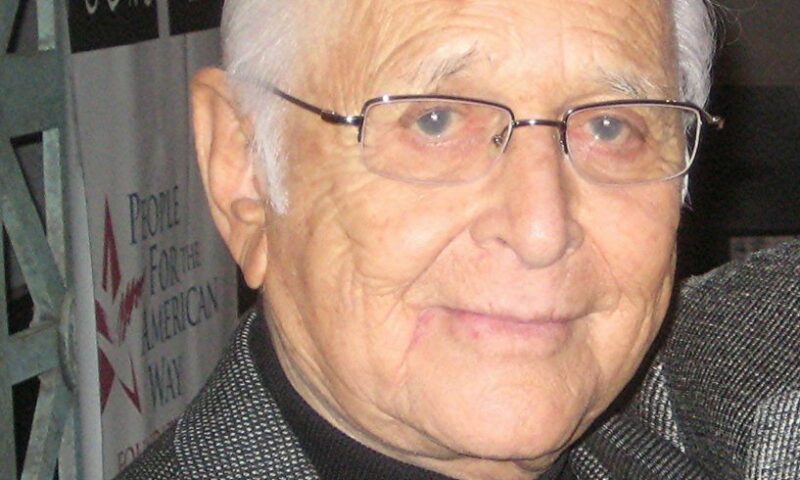

(The Los Angeles Alliance for a New Economy has just released its guide for policy activists in the form of a graphic novel and anthology of case studies. Here is veteran television producer Norman Lear’s forward to They Said It Was Impossible! How to Win Progressive Change When the Odds Are Against Us.)
I frequently meet people who love this country and worry that it is in deep trouble, but don’t know what they can do about it. It’s hard for them to see how an individual can make a real difference when our problems are so big.
But our history tells us that when individuals get together, we can create real and lasting change. And this publication tells us how LAANE is successfully taking on the challenge of building a new economy, one that is fair,
» Read more about: Norman Lear: Reclaiming Our Country, the Smart Way »
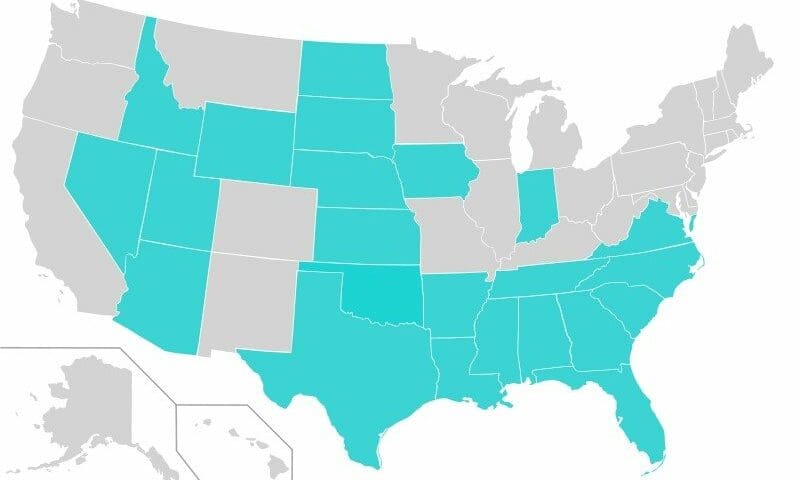

We’re currently riding a serious wave of attacks on labor unions from politicians. (Generally, but not exclusively, this has come from the GOP.) We all know about the assaults on public employee unions that started last year in Wisconsin, and have spread across the country, with proposed or enacted legislation in states such as Michigan, Ohio (subsequently repealed by voters), Indiana, and most egregiously, Arizona.
And then there’s the resurgence of so-called Right to Work legislation, which was just signed into law in Indiana, which became the first state to go RTW since Oklahoma in 2001. (That makes 23 right to work states overall.) Similar legislation is pending elsewhere, including Ohio, Minnesota, Michigan, and New Hampshire. Even states that are already right to work, like South Carolina, just want to get a little right to workier.
With Romney needing to establish more conservative cred,


Americans may be almost evenly divided about why a few people get so rich. But when it comes to why people are poor, there’s a general consensus: If people are poor, it’s their own damned fault!
This belief comes to us from British attitudes. Debtor prisons had a long tradition across the world, but England taught us that poverty was a moral failing. People were poor because they were sinful or impious or wastrels, so nothing could be done about it, and nothing should be done. Most Americans hold a similar view to this day, which is why the old “Welfare Queen” trope works so well for politicians.
Reality is less exotic. Real institutional systems make people poor and keep them there. Take wages. Despite California’s above-the-national-average minimum wage, no one can raise a family on it. Yet 65 percent of minimum-wage employees are the sole support of their family, on an income of only $16,640 a year.